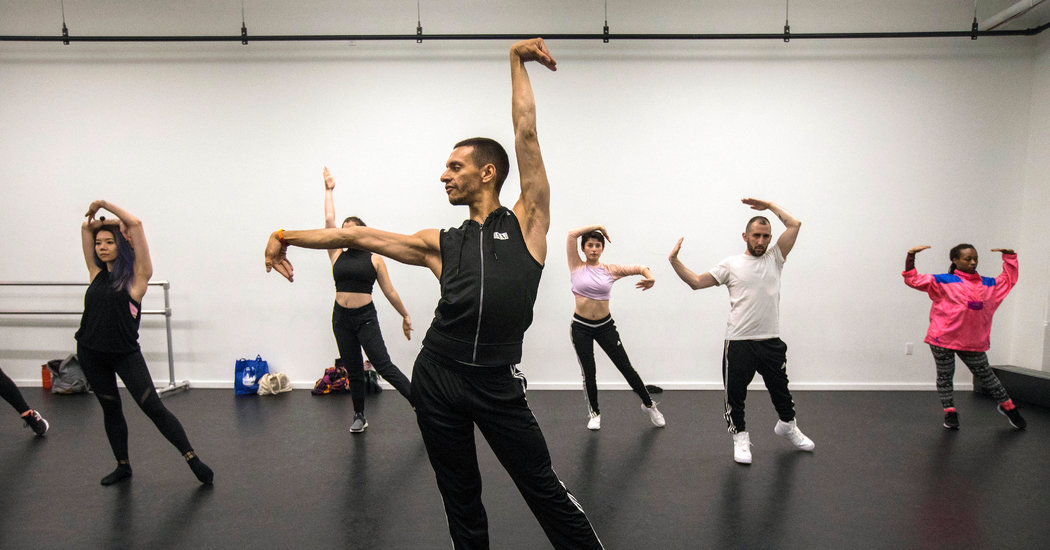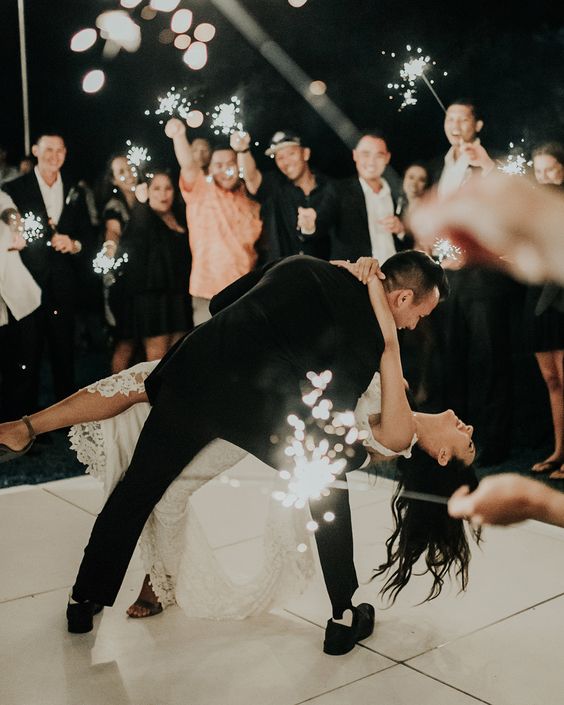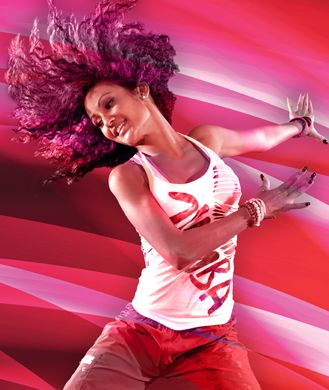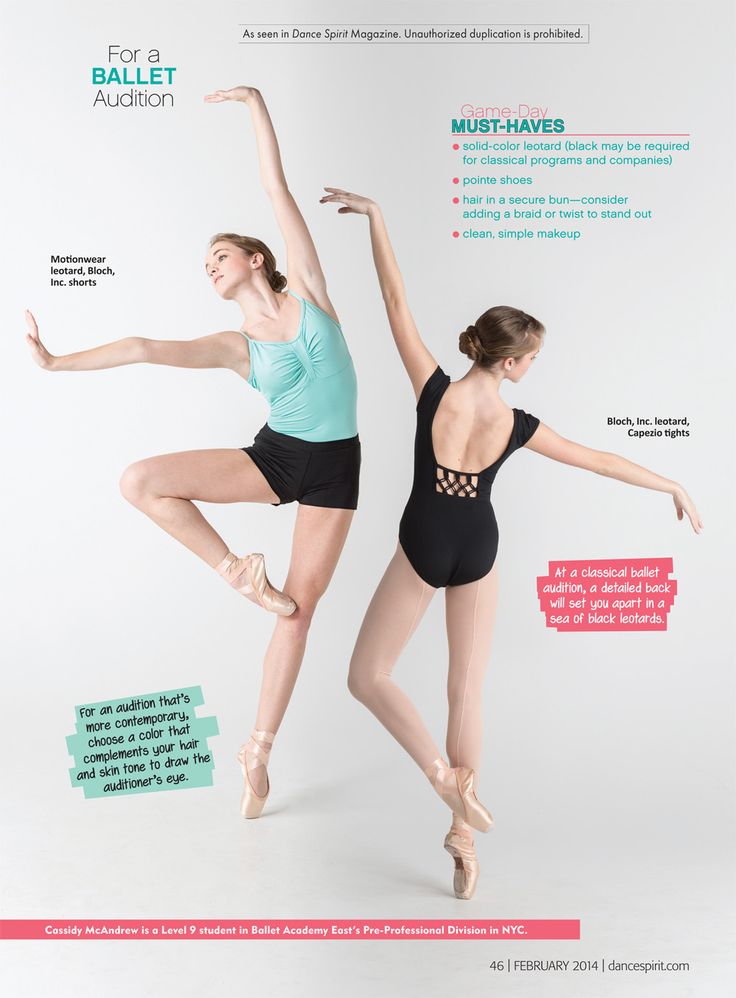How to shake your hips like a hula dancer
【How to】 Shake Your Hips Like A Hula Dancer
Video time control bar 0:00
▶️ ⏸️ 🔊 Audio volume control bar 0:00 / 0:00 ↘️ 0.25↘️ 0.5↘️ 0.75➡️ 1↗️ 1.25↗️ 1.5↗️ 1.75↗️ 2 Quality: 144p240p360p480p720p1080p1440p2160p
↔️ ↕️
we're going to talk about how we move
our hips and our body now and our school
of hula we dance in the I ha or bent
knee position so you can see the nice
deep knee bend that Manu Mellie has here
we're going to teach you first the lever
or the sway because you will find that
this hip motion applies to every hula
step that we will cover throughout our
series as she has her deep knee bend in
this she's going to bring her hip in the
hula position to prepare to step so
we're going to step to the right and so
she's going to lift that hip far to the
left
she doesn't lift her shoulders or her
head if she's looking straight ahead in
the mirror and her eyes are going to
stay on that same level level even
though she's lifted that hip to the far
left all her weight is going to be on
her left and the right foot is in the
ready position ready to accept the
weight when she steps on it as she steps
on her right the hip is going to follow
through and go to the far right and then
it's up there in that ready position
that preparation position for her to
step again to the left and so step to
the left and step left and let's go to
the right step right and finish and
prepare step left follow through finish
and prepare and right follow through
finish and prepare step left follow
through and finish and prepare for the
step again we're going to use the ether
for you to dance to because the EBU
really speaks to the feet and every time
the EBU hits the ground your foot should
hit the ground so she's in the
preparation position with her hip on the
far left lifted as though she's going to
tuck it under that arm remember to pull
that belly button back so you've
tightened the whole pelvis area
remember the pelvis has thrust backwards
never forward shoulders back chest high
head held high I'm going to give her an
hour preparation it's going to sound
like this one two three or and and then
we're going to do our lever our slow
sway as she steps right and left ma Coco
ready level right left right left right
left right left right left right left
right and left and right and left and
right and left and right and left and
this rolling or modified figure eight
that we do with the hip is the hip
motion for all the succeeding steps now
let me tell you what the hip is not
doing the hip is not going just back and
forth and like a pendulum it is not
doing that the hip is being lifted on
the left and then sort of going down in
a figure eight standing on its side
being lifted on the right side and down
in this figure eight pattern and being
lifted on the left side
so let's make sure that we're not just
swinging our hip side to side like a
pendulum but we are making this figure
eight that is standing on its side
lifting the hip let it come down and
then up for the preparation on the
opposite side let's play special
attention to that as we do this lever
again here's our preparation one two
three and step right left and right and
left and right and left right left right
left right left right left right left
right and do a pow
[Music]
Hawaiian Hula Dance 101 | Roberts Hawaii
« Click here to return to Blog Back to Blog
There’s a lot of hoopla on hula, the art form is known around the world – from little fishing villages in Japan to dance troupes in New York City.
You probably grew up seeing hula performed on TV, with tanned girls in grass skirts against a backdrop of swaying palms. Or it was the routine you learned for your college luau. At the very least, you know the hip gyrating moves from the hula hoop you played as a child. (Fun fact? Even though hula hoops sound like they were invented in Hawaii, the origins date back to a form of exercise and play in early fifth century, ancient Greece!)
But while many people have their own experience and personal memory of the dance, few know the background, history, and meaning of this storied art form which dates back to ancient Hawaii.
Traditionally accompanied by an “oli” (Hawaiian for chant) or “mele” (Hawaiian for song), hula today is known and celebrated around the world for its graceful moves and the images it conjures of balmy weather and Mai Tais on a sandy beach. But the origin of hula was born hundreds of years ago by Native Hawaiians to share stories through dance.
The two main categories of hula are hula ‘auana and hula kahiko. Prior to western arrival to Hawai‘i, the ancient form of hula performed was known as kahiko, and when performed, includes chant and traditional instruments (like the pahu hula, tall drums, or pahupahu, bamboo pipes). Under the influence of westerners, that form of hula evolved over the 19th and 20th centuries to what today is referred to as hula ‘auana (meaning to wander or drift). This newer form of hula is typically accompanied by song and western-influenced instruments like the guitar or ‘ukulele and is the one you probably see more of today on TV or in movies.
Prior to western arrival to Hawai‘i, the ancient form of hula performed was known as kahiko, and when performed, includes chant and traditional instruments (like the pahu hula, tall drums, or pahupahu, bamboo pipes). Under the influence of westerners, that form of hula evolved over the 19th and 20th centuries to what today is referred to as hula ‘auana (meaning to wander or drift). This newer form of hula is typically accompanied by song and western-influenced instruments like the guitar or ‘ukulele and is the one you probably see more of today on TV or in movies.
According to Hawaiian mythology, Laka is the goddess of love, the forests, and is also widely acknowledged as the patron of hula. Legend has it that Laka gave birth to hula on a sacred hill, Puu Nana, in Kaana on Molokai.
All hula dances derive from a series of traditional moves including:
- Ha’a: This is a basic stance, and how most hula begins. In this move, dancers stand erect with their knees bent.
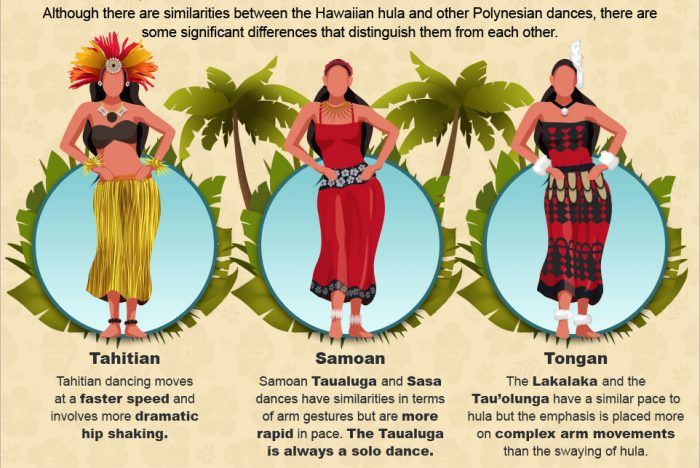
- Lewa: Literally translated at “lift,” this step involves lifting the hips.
- Hela: One of the most basic movements of the feet, for hela, a dancer touches one foot to the side at about a 45-degree angle in front of their body. The dancer keeps their weight on the other foot and while maintaining the bent-knee stance. They return the foot to the starting position and repeat with the other foot.
- Ka’i: In this position, the dancer lifts one foot, then raises and lowers the heel of the opposite foot. The movement then repeats with the other foot.
- ‘Ami: This is a basic hip rotation with variations including the ‘Ami ‘ami, ‘Ami ‘ôniu and ‘Ami ku’upau.
- Holo: Similar to the lewa, appears as a running movement.
- Kâholo: To Kâholo a dancer performs the lewa move while traveling. The dancer first steps to one side and follows with the opposite foot, then steps to the same side again.
- ‘Uehe: In this move, the dancer lifts one foot and shifts their weight to the opposite hip when stepping down, then raises both heels to push the knees forward.
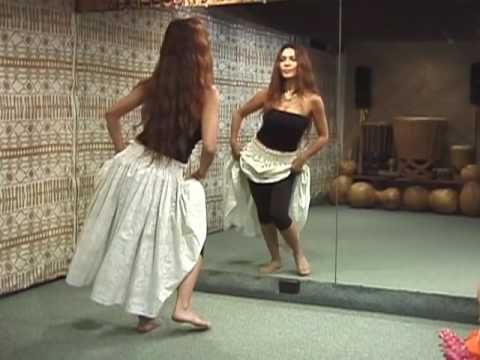 These movements repeat on the opposite side.
These movements repeat on the opposite side. - Lele: Another walking move, in this position, the dancer lifts their heel with each step.
Hula has a long and rich history as it struggled to find and make its mark in an evolving society.
- According to Hawaiian legend, the goddess of hula, Laka, gave birth to the hula dance on the island of Moloka‘i. When Captain Cook made landfall in Hawai‘i in 1779 Hawaiians had been performing hula for centuries.
- When protestant missionaries arrived to Hawaii in 1820 they were shocked by the Native Hawaiian’s open form of dancing and believed hula promoted old heathen beliefs.
- The missionaries launched an effort to eradicate hula in the islands and were able to convince Queen Kaahumanu, wife of Kamehameha I, to have it outlawed in 1830.
- Following Queen Kaahumanu’s death in 1832 some chiefs stopped recognizing the ban on hula, and in 1834 Kamehameha III openly disobeyed the previous “kapu” (law), forbidding the public performance of hula.

- Starting in 1851 public hula performances became regulated through a licensing system, with a heavy fee levied for each performance.
- During King Kalakaua’s reign hula enjoyed a public revival. Kalakaua said, “Hula is the language of the heart and therefore the heartbeat of the Hawaiian people,” and his coronations in 1883 and jubilee in 1886 both featured hula performances.
- In the 1890s and early 1900s, hula dancers and Hawaiian musicians toured the U.S. mainland. Usually female, the dancers danced in their grass skirts with musicians playing their kitschy Hawaiian melody on their steel guitars and ukulele.
- The Merrie Monarch Festival started in Hilo, Hawaii in 1963 when Helene Hale, the chairman of the County of Hawai‘i looked into new ways to attract visitors to the island during an economic downturn.
- Hula Girls, an award-winning Japanese film directed by Sang-il Lee hit Japanese theatres in 2006. Starring Yū Aoi , Yasuko Matsuyuki and Etsushi Toyokawathe film is based upon the real-life story of a group of girls using hula to save their small mining village, Iwaki.

- In 2008, members of a local hula dance troupe, the “Obama Hula Girls” made headlines as they helped the city of Obama, a fishing port town in Japan, celebrate the election of President Barack Obama.
Click here to visit previous post ← Previous Post Click here to visit next post Next Post →
How to Dance the Hawaiian Hula Dance: 6 Steps
').insertAfter("#intro"),$('
').insertBefore(".youmightalsolike"),$('
').insertBefore("# quiz_container"),$('
').insertBefore("#newsletter_block_main"),ia(!0),b=document.getElementsByClassName("scrolltomarker"),a=0;a
In this article:
Steps
Additional articles
Sources
The hula dance, invented by the Polynesians in the Hawaiian Islands, is a unique movement danced to a chant or tune [1] X The source of information .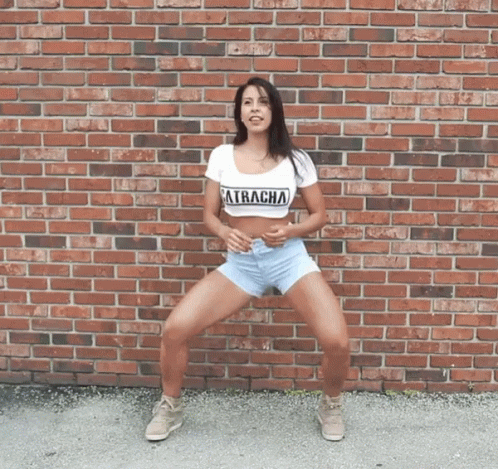 At the very beginning, chants and voices were used as instruments, and dance was like the lyrics of a song. Nowadays, hula is danced to the guitar or ukulele. This article talks about the basic hula dance.
At the very beginning, chants and voices were used as instruments, and dance was like the lyrics of a song. Nowadays, hula is danced to the guitar or ukulele. This article talks about the basic hula dance.
Steps
-
1
Kāholo: Place your hands on your hips or at your sides. Bend your knees a little. Take two steps to the right. Then two steps to the left.
-
2
Kao: Swing your hips from side to side.
-
3
`Ami: Make circular motions with your body, as if you are spinning a hoop, but do not shake your shoulders.
-
4
Remember that the truth of the dance lies in the hands of , as they tell stories.
-
5
Move your hips and legs to the rhythm of the music. Hula can range from slow dance to fast rhythms of "live" songs.
-
6
Watch an example of dancing on in this video .
 Study the fluidity of her movements while dancing.
Study the fluidity of her movements while dancing. Advertising
Tips
- In some dances there are also foot movements. To do this, lift your heel slightly off the ground in a quick, gentle motion.
- Be smiling and look like you are asking someone to dance.
- Do not look directly at the audience. Your eyes should follow your fingertips and draw your viewers into the story your hands are telling.
- If you are a fan of Disney cartoons, then watch the cartoon Lilo and Stitch. Lilo (a girl) teaches Stitch (a creature from another planet) how to dance the hula and play the ukulele. In the last song/credits, they dance the hula together at the Merry Monarch festival.
- Merry Monarch is a real hula dance competition held on the Big Island (an island in Hawaii) throughout the week.
Advertising
What will you need
- Bare feet (optional, but recommended for the full experience)
- Mat (optional)
- Skirt (optional)
- Ipu (gourd bottle used to create rhythm) (optional)
About this Article
Other Languages
How to Dance Hawaiian Hula - Wiki How English
The hula dance, invented by the Polynesians in the Hawaiian Islands, is a unique movement that is danced to a chant or tune[1] X The source of information . At the very beginning, chants and voices were used as instruments, and dance was like the lyrics of a song. Nowadays, hula is danced to the guitar or ukulele. This article talks about the basic hula dance.
At the very beginning, chants and voices were used as instruments, and dance was like the lyrics of a song. Nowadays, hula is danced to the guitar or ukulele. This article talks about the basic hula dance.
This page has been viewed 11,767 times.
Advertisement
Torso girl traditional belly dancer. Black background. Slow motion. Close — Stock Video © KinoMasterDnepr #252775676
Torso girl traditional belly dancer. Black background. Slow motion. Close — Stock Video © KinoMasterDnepr #252775676Sign In to See December Specials
Images
VideosEditorialMusic & Sounds
Tools
Business
Our prices
All images of
Sign in
I accept the terms of the User Agreement Receive news and special offers
Girl torso of traditional oriental belly dancers in a dark scene.

